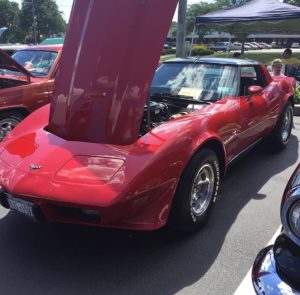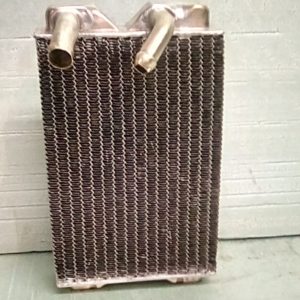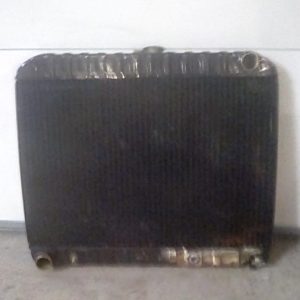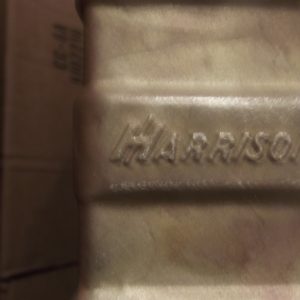From 1896 to 1930 there were approximately 1,800 automobile manufacturers before the 1920’s, most of which lasted from 2 to 5 years in business

Experiments with air cooled, steam and electric vehicles were a failure due to the easy accessibility of gasoline. Electric cars were
deemed as female vehicles. They could travel at a top speed of 20 mph and could only be recharged in big cities as rural areas had no charging stations.

Steam cars were a great idea, no gas, no pollution but very difficult and timely to start and operate. So eventually the gasoline powered vehicle won out in favor and practicality. Most early auto entrepreneurs named their vehicles using their last name such as Maxwell, Chalmers, Cadillac, Chevrolet, Mercedes Benz, Ford, Oldsmobile, Scripps Booth, Ajax, Babcock, Chandler, Duryea, Franklin, Graham Paige, Jewel, Nash, Rickenbacker, the list is endless.

In 1900 cars were expensive. They were all handmade and considered a rich man’s toy costing over $1000 which was a lot of money for the time. Then came Henry Ford’s mass produced assembly line Model T for $265 which changed the automotive industry. Most manufacturers fell by the wayside with an industrial revolution forever changing the world.






